Podcast #17 Part 2 – From Holocaust to Hope: Pete Metzelaar’s Return to the Farm That Hid Him
Pete Metzelaar (56:42.039)
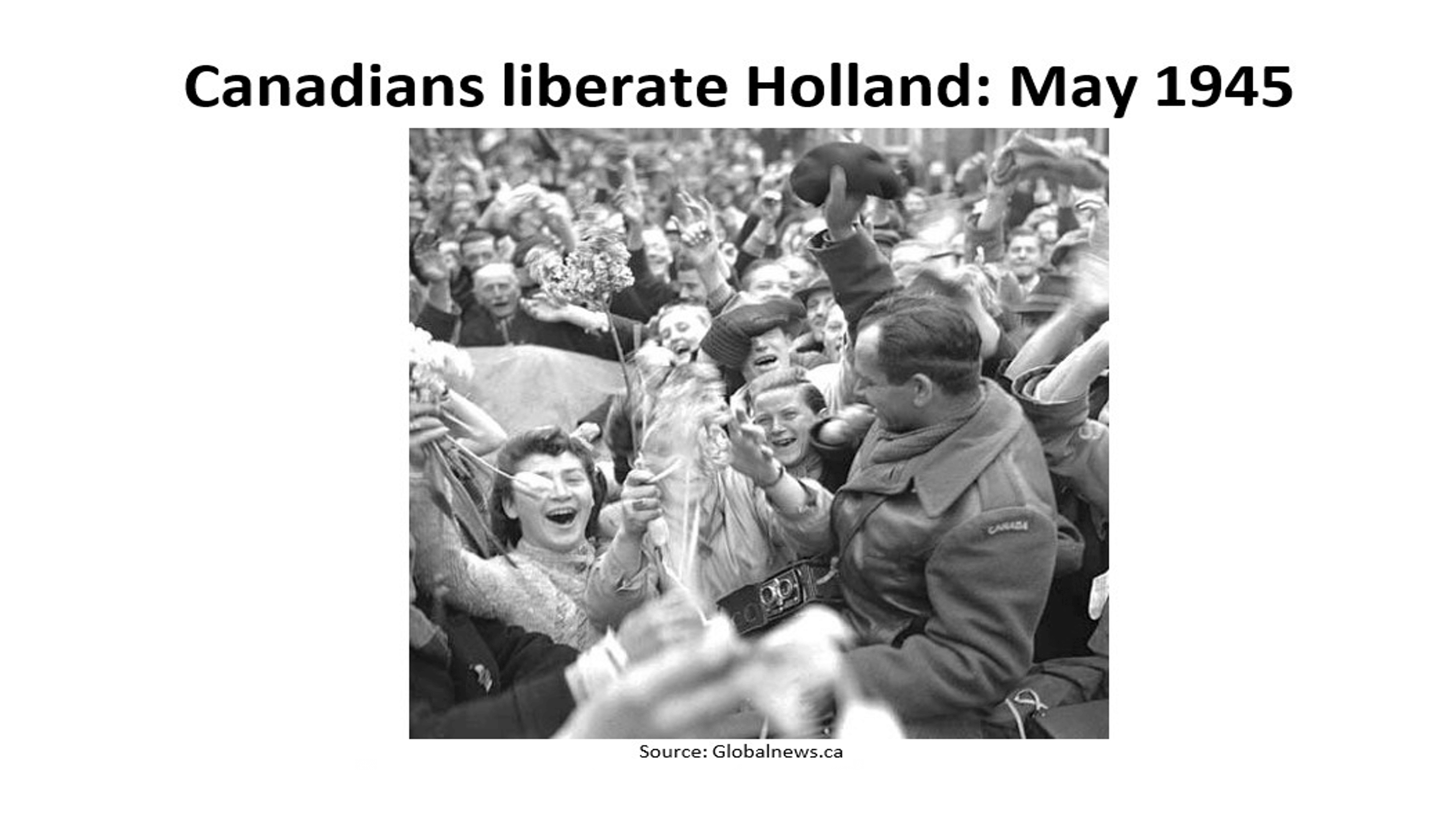
It was in May of 1945, exactly five years after the occupation of Holland, that the Canadians liberated the Netherlands, liberated Holland. The war was over. Nobody in my family returned. Only mom and I and a great aunt of my mom survived. That was it.
We stayed in Holland for another four years until 1949. I was 14 years old when we came for a better life to America. I have to, well, I’ll get into that in just a minute. We came to New York for the first time and then came out west. I never talked very much.
about my experience. I wasn’t ashamed of it. I wasn’t embarrassed by it. Again, psychologically probably, why go into all of the details? Doesn’t every kid go through this? Nah, maybe not. But all of that changed in October of 1992. I had been in America for over 50 some odd years.
went to school here, was in the US Army here. And one of my sons from my previous marriage, who lived on the West Coast, he and his wife were transferred because of his job to the country just south of Holland, Belgium, capital of Brussels. And it was in latter part of 1992.
that he called me up and said, dad, why don’t you guys come over for the holidays? I was so excited. I had never been back, been here over 55 years, never been back. Still knew the language every little bit. Matter of fact, I got to tell a little story. In those days, the rules were of course all different. And after we mom and I were in the United States for
Pete Metzelaar (59:05.719)
Five years in 1954, mom became a citizen and she was so proud to become an American citizen. The way the rules were at the time, I don’t know the details, but had I been a year younger, I would have been a citizen automatically on her papers. But since I was a year too old, I had to wait another year or whatever it was. So kind of tongue in cheek.
whenever we got into a little scuffle, mom and I, she was a citizen, I wasn’t. She called me a miserable foreigner. She was a citizen, I wasn’t. Well, anyway, I was so excited when my son called up and something that I had thought of all of these years, so frequently, whatever happened to that little farm in Kloss and Rufina. And then I got that sick feeling.
Doug Dvorak (59:43.413)
Hahaha
Pete Metzelaar (01:00:02.583)
No idea where the village was. No idea. My mom was quite ill at the time and she didn’t remember either. And then she came up with a name, the Feine Buren. And the more she mentioned that name, it came back to me that was the dirt road that the farm was on. I said, great. I said, let’s go from there. What am I going to do? Go to a foreign country and ask them about a dirt road?
That’s all she remembered. And I went to the library, looked at all of these names. There was one name, Makenha. And the more I mentioned it, it didn’t mean anything to me. I asked mom, said, was the farm in Makenha? She didn’t remember. That’s all we had to go on. So my wife and I, in December of 1992, flew to Belgium, spend a great week with my son and his wife in Belgium.
And then we drove from Brussels to Amsterdam. Distances not being what they are over here. It’s only about a two and a half hour drive. It was really thrilling. I was still able to read some of the advertising signs. We became tourists, went to the Van Gogh Museum and took the Canal Cruise and then we went through the Anne Frank House.
And then after a couple of days I said, you know, it’s another hour and a half north. This Makinkhat really doesn’t mean anything. My son said, look, we’re here. Let’s just go. And we did. And we come under this little sign, Makinkhat. And as we pulled into this quaint village, there was a small bank, what’s called a robo bank. And I told my son he was driving us this pull up over there. I’m going to make a fool of myself. So he…
My wife, my daughter-in-law and myself, we walk into the bank and the lady says, can I help you? And so many words. And I said, you know, this is embarrassing. I said, we’re from the United States. I said, I hate to ask you this. I said, have you ever heard of a dirt road or something like that called the Fainerger? And she says, would you repeat that name? I said, well, I don’t know if I pronounce it right.
Pete Metzelaar (01:02:27.563)
She says, yeah, I think you did. She says, did you say, fainnerburen? I said, yeah. She says, that’s about five minutes from here. I said, you’re kidding me. I mean, that was a very emotional moment. the four of us, we were hugging, we were crying, you know, not even know where we were, but we were there. And in my case, stepping back into my history of almost 60 years.
We were making such a racket, you know, the manager came out, probably thought it was a holdup or something. And he asked us to come into the office. And then I, if we talked a little bit, I asked him the question. said, have you ever heard of the Klaasamufina Pols family? He says, yes, I have. I says, how did you know them? And I always, it still hurts. It still hurts when I get to that part.
Doug Dvorak (01:03:03.317)
Ha
Pete Metzelaar (01:03:27.767)
I said, how did you know them? He says, well, my previous manager introduced me to them. They used to bank here. And I said, what happened to them? That was kind of a silly question because by that time they would have been, I don’t know, 120 years old. He says, well, they both passed away about 20 years before we were there in the early 80s.
He says that farm, by the way, is still there. He says, I’m sure people will let you, I don’t know the people, the manager said, but I’m sure they’ll let you look around. Well, we walked out of that little bank in a daze. We got in the car and we get on the dirt road and there’s a sign, St. Nabeel. Thank you, Mom. She remembered. We’re driving up the dirt road.
And all of a sudden, my son was driving. said, this is it right there. I said, can’t believe it. I recognized the farmhouse. It had gotten bigger, new roof, new paint, new barns, a lot more foliage. I mean, it only been 60 years, 60 years that we’d been there. We stopped there. I knocked on the door. I don’t know why, but for some reason, nobody was there. I was so hoping to go inside.
And my whole objective was to go inside to see if those 12 inch floorboards that mom hid underneath were still there. Kind of unlikely after 60 years. We walked around that farm for hours. I mean, every time I got to the back of the farm where I used to be able to just play with some toys, I felt like it was seven, eight years old again. It was just the weirdest feeling. And as I say, this was in the middle of December. It was pretty frosty out.
I said, I want to go into that little forest just to see if there’s some kind of a remnant of what used to be that cave that I helped build. And we walk in there, leafless, crunching snow under our feet. And for some reason, I go one way, my family goes another way. And every time I see some dead tree stumps, I stand on the ground and say, you know, maybe, could have been here.
Pete Metzelaar (01:05:46.963)
And I don’t think we were there for 10 minutes. And all of a sudden, about 40, 50 feet away, my son calls out, Dad, come here. I found it.
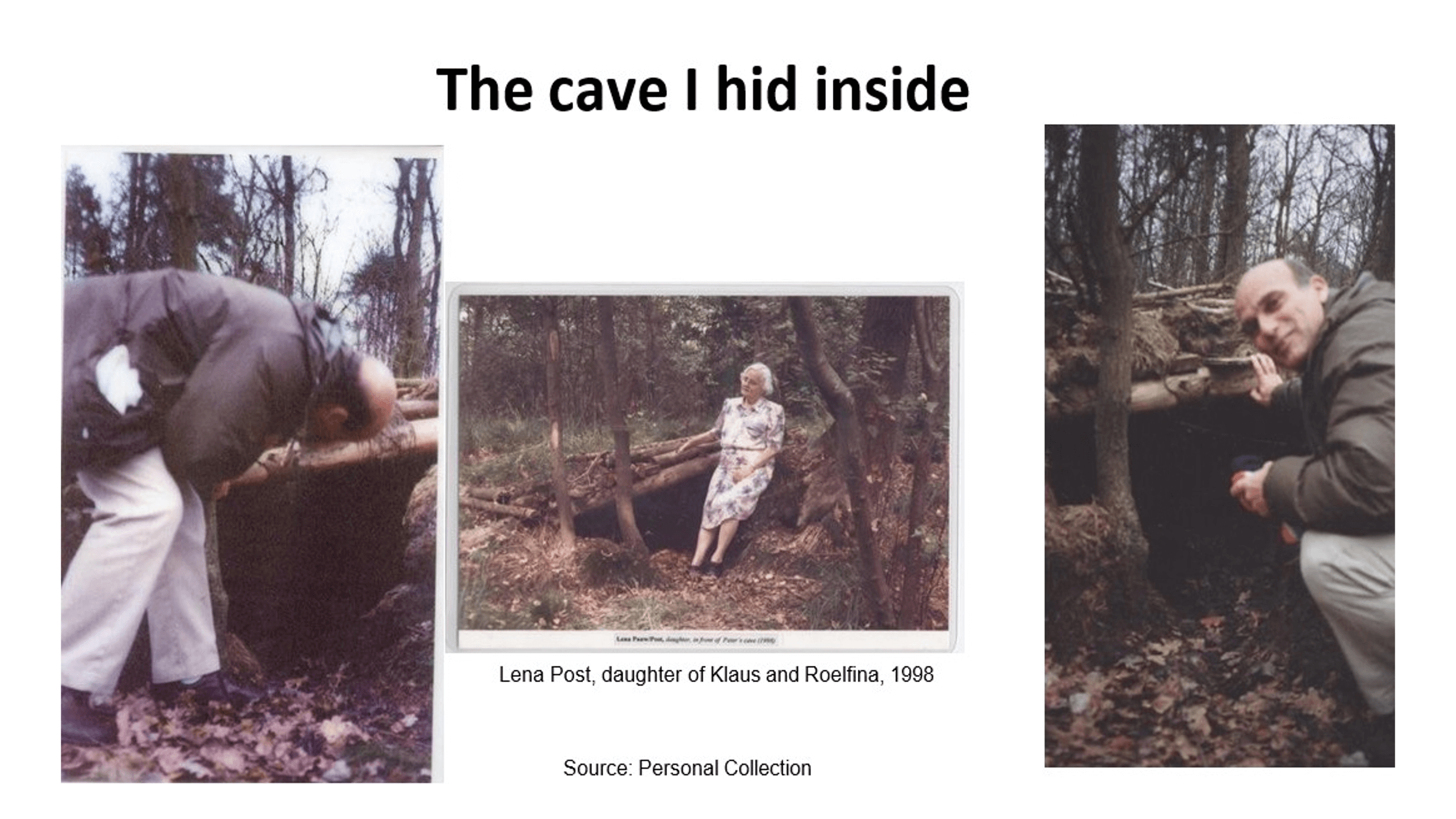
Pete Metzelaar (01:06:03.765)
There was the cave like I left it 60 years ago. It didn’t have the twigs in the front, the camouflage. That picture in the middle is Rufina, the daughter of Klaas and Rufina Post. Her name was Lena. And she had moved away.
Doug Dvorak (01:06:08.073)
Wow.
Pete Metzelaar (01:06:30.793)
Mom and I never met her. She was probably 15 or so when mom and I got to farm. She had left the farm as a domestic somewhere, but she came back over to this area. And this is a picture and when it’s enlarged, I just love to look this pensive look on her face in front of this hole in the ground. I mean, it was just absolutely unbelievable.
On the left side there, I have a little, I still do, a little screwdriver on my keychain and I’m carving my mom and my initials in one of those tree stumps or whatever it was. I mean, it was just absolutely, absolutely unbelievable. We spent the rest of the day there. I mean, it was magic. Unbelievable.
And we drove back to Belgium and something that I had said to a lot of people and they all said, what are you some kind of a nut? And I said, yeah, I just asked my wife, she’ll tell you. And that is if I ever had a chance, I wanted to visit the site of a Nazi concentration camp. And so my son had made some arrangements a few days after we got back to Brussels. And we flew on LUT.
LOT Airlines, which is the Polish national airline, to Krakow in Poland. Krakow, as it was pronounced over there, a beautiful medieval city, over a thousand years old, over a thousand years old. However, a 20-minute drive outside of this beautiful thousand-year-old city laid the biggest
and worst piece of hell that man ever recreated for man called Auschwitz-Birkenau.
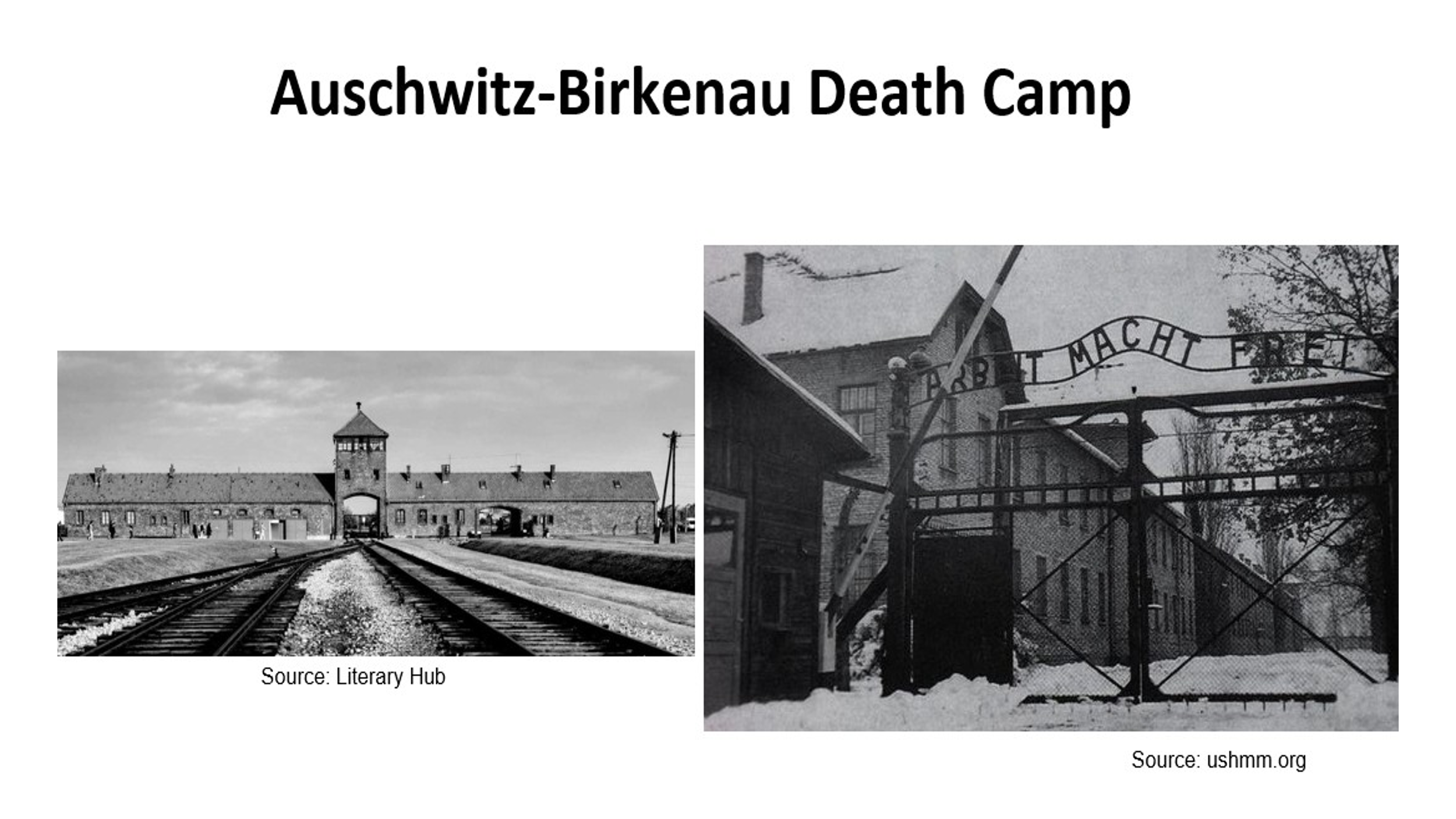
Pete Metzelaar (01:08:35.467)
The history books will always show this building with the rusting railroad trucks that went through that tunnel.
One of the main gates still has the original sign. macht frei. Work sets you free. Yeah, right. The trains used to come in from all over Europe. And when I say trains, again I reset it. Earlier there were cattle carts that would haul 50, 60, I don’t know, had a cattle. They’d have 100, 200 humans on board. They’re pending.
what country they were arrested in, they were put on those trains. The only thing that was there 10 feet up was it’s one square hole cut into the side of this cattle car with barbed wire for air. Depending where they were arrested, sometimes it would take two days to get from the country they were arrested in to Auschwitz, to Poland. No food.
Doug Dvorak (01:09:30.357)
Mmm.
Pete Metzelaar (01:09:44.469)
No water, no toilets facilities. And when they got to Auschwitz, about 10 % of the people had expired. They were already dead.
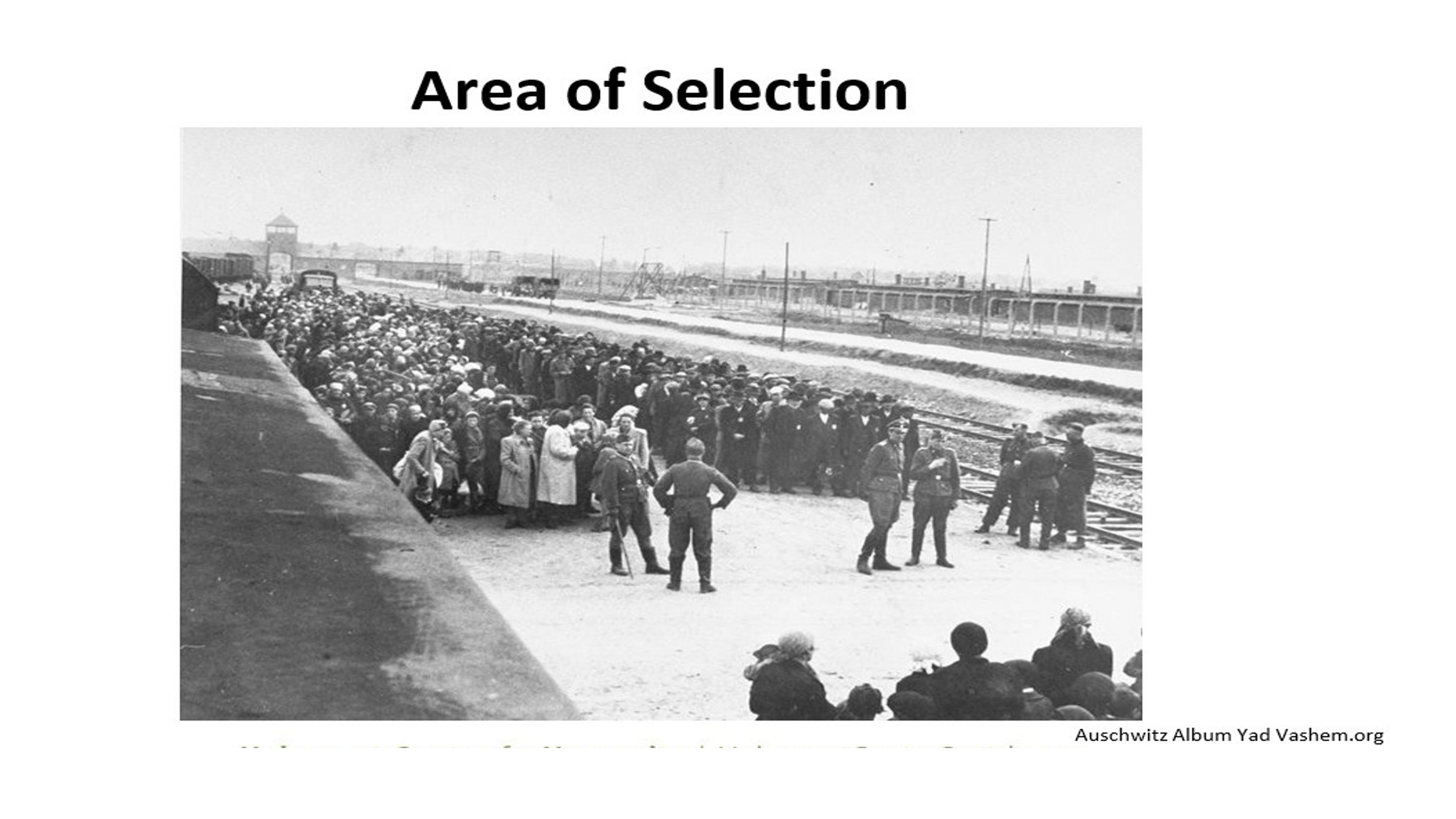
When they got to Auschwitz, they were all told to get out. Those lines that you see in the picture, they could be a mile long. Trains kept coming.
24-7, never stop. You can see that building in the back there. All the trains came through that tunnel in this area which was referred to as the area of selection. The people were separated. The women with babies and old people in one line, the young people that could be used for slave labor in the other line.
They were told to march forth to a table with a Nazi officer who would just point, you go left, you go right. The left went to the young people that went into a slave labor camp. Those younger people that they could use for that work probably didn’t last more than two, three weeks on one square piece of bread a day and a sip of water.
The women with babies were little kids and the old people were told something different for whatever reason. You’ve been on a train, you’re filthy, you got to take a shower. Well, keep in mind those people had no idea where they were, why they were there, why were they taken from their community? I don’t know, maybe a shower sounded pretty good. And they were led to an underground concrete bunker. There were three of those.
that could hold upward of 300 people. There were three others that could hold upward of a thousand people. And when they went underground into these concrete shelters, they were given a towel. No panic here. Shower time. And when they got inside of these facilities, you could look up at the ceiling and there were shower heads. You’re going to take a shower. No panic there.
Pete Metzelaar (01:12:07.595)
Then they were instructed, every man, woman and child, remove all of your clothing. Hang it up on the hooks. Remember the name where you hang your clothes so after you shower, you pick up your own clothes. No panic there. People followed the rules. After we were given those instructions, the metal doors shut behind them. In the ceiling,
There were shower heads. Again, nobody panicked. After they were giving the unclothed, not under the clothing, removing of their clothing experience, the door shut down and inside in the ceiling, some panels opened up and there were some soldiers on the top that had two pound canisters of a material called zykl.
They were basically cyanide pills. They dropped those canisters of those pills in there and all hell broke loose. People screaming, people coughing, people choking. And between one and a half and three minutes another thousand people lay dead. those who are the guest.
In the back of the gas chambers there were some hand-pulled carts. Some of the guys that were put into the slave labor camps that still had the strength came out with meat hooks, picking up the bodies that would be stacked 10, 12 feet high, a block long in front of the crematorium, prepared to be cremated.
Pete Metzelaar (01:14:13.203)
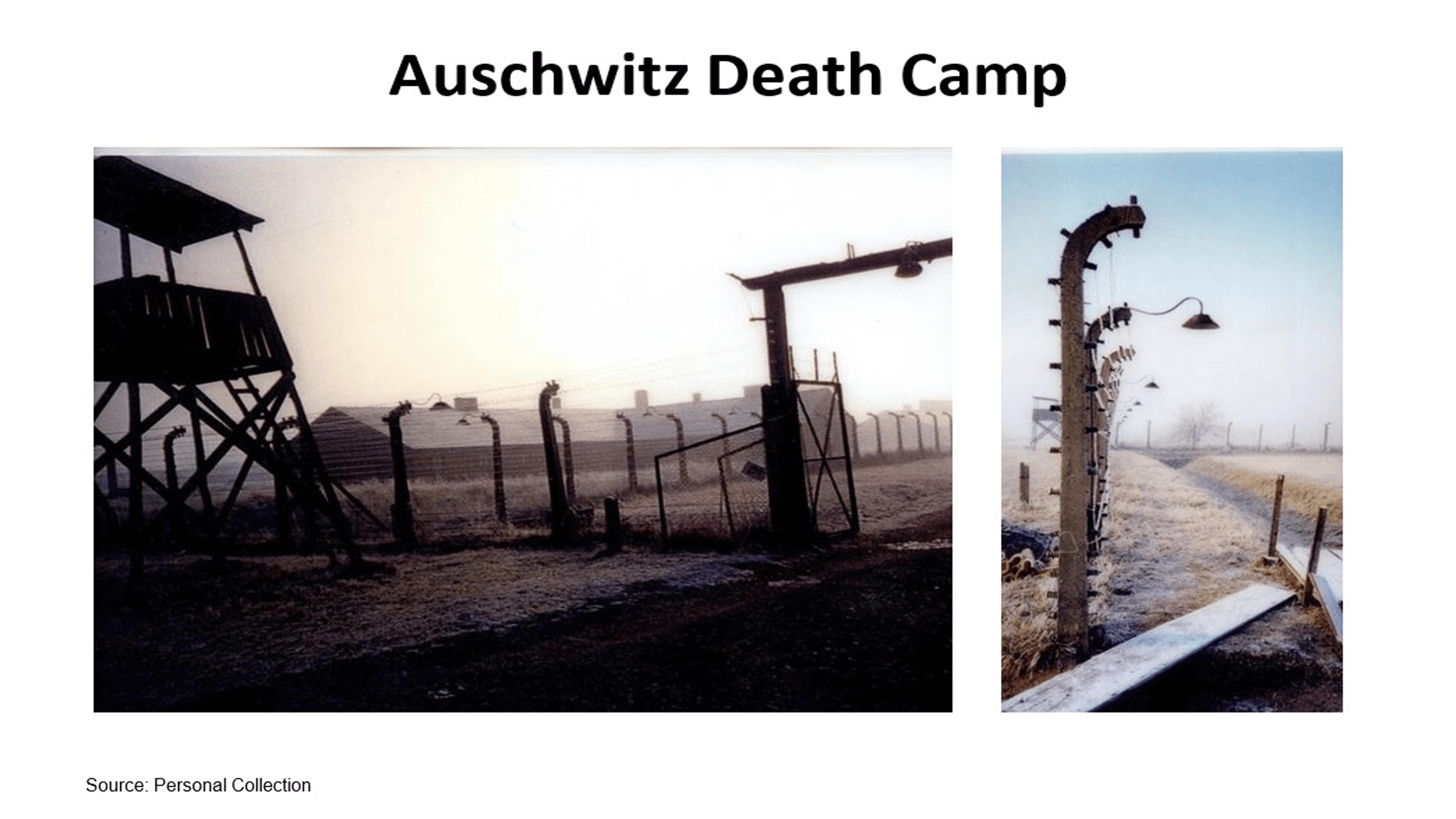
I took some pictures of the old gun towers. The entire camp was surrounded by 50,000 volt electrified fences. Many people, because there was no humanity. There was nothing left as human beings. Starvation, disease. Some of them just walked into these fences and finished it off. In the back, you see one of the…
Pete Metzelaar (01:14:46.43)
Here is a picture of some of the
Pete Metzelaar (01:14:52.489)
one of the crematoria, the building itself.
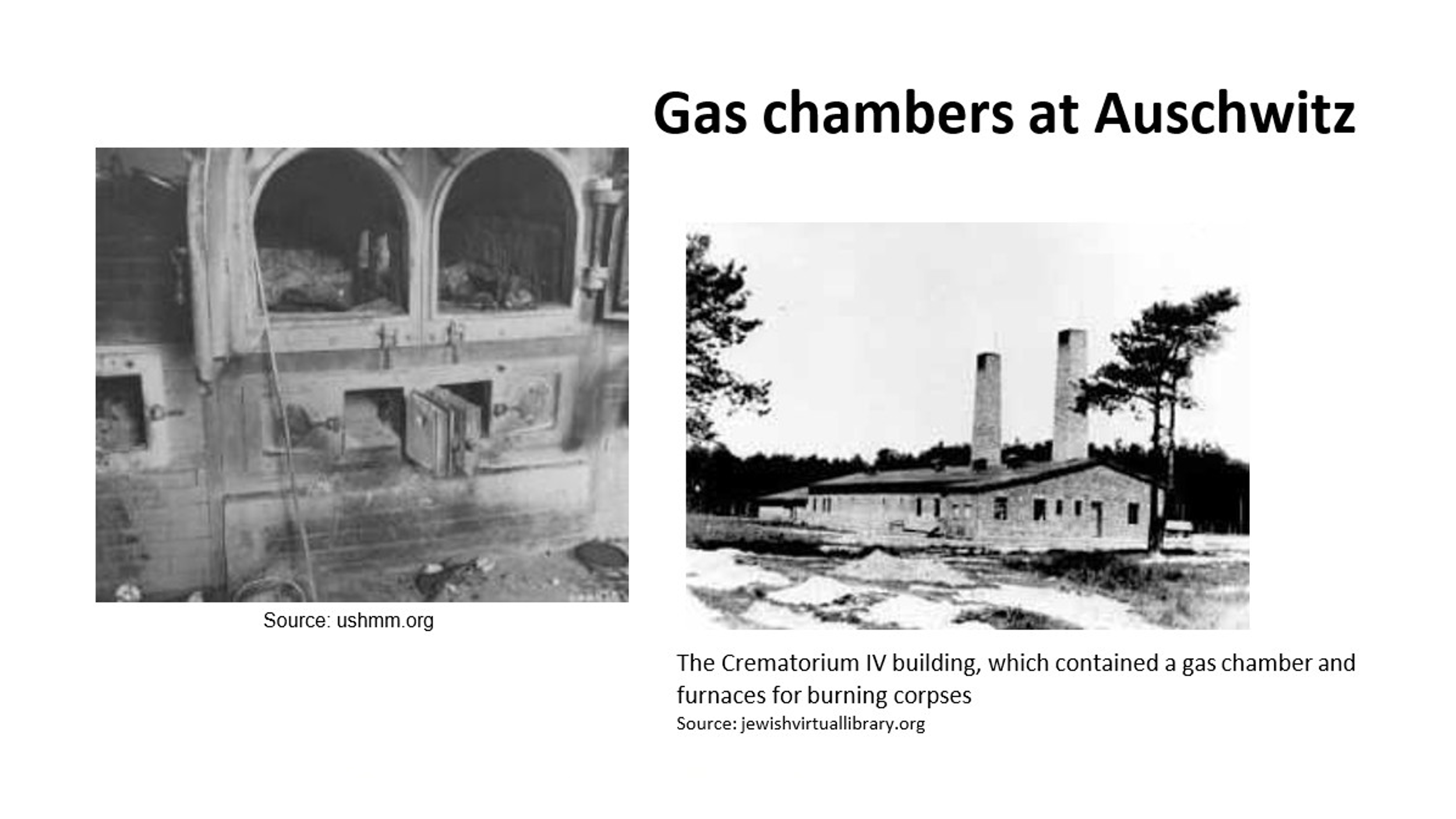
I met somebody many years ago who was a survivor in Auschwitz, which is what I know of Auschwitz. It’s like an oxymoron. What do you mean, survive Auschwitz? That person, when he was a child, 12 years old, I don’t remember where he was from.
was sent to Auschwitz and he told a story, I mean, I don’t say that when I talk to the youngsters, I may be too graphic. And he told me that when he was in Auschwitz, he couldn’t believe this terrible stench that never cleared. It was just a haze all the time. And he asked when he was 12 years old, one of the guards, what is this stench in the air? And the response was, with a smile, it’s your grandparents burning. That’s the kind of thing that took place.
Doug Dvorak (01:16:03.743)
Wow.
Pete Metzelaar (01:16:13.975)
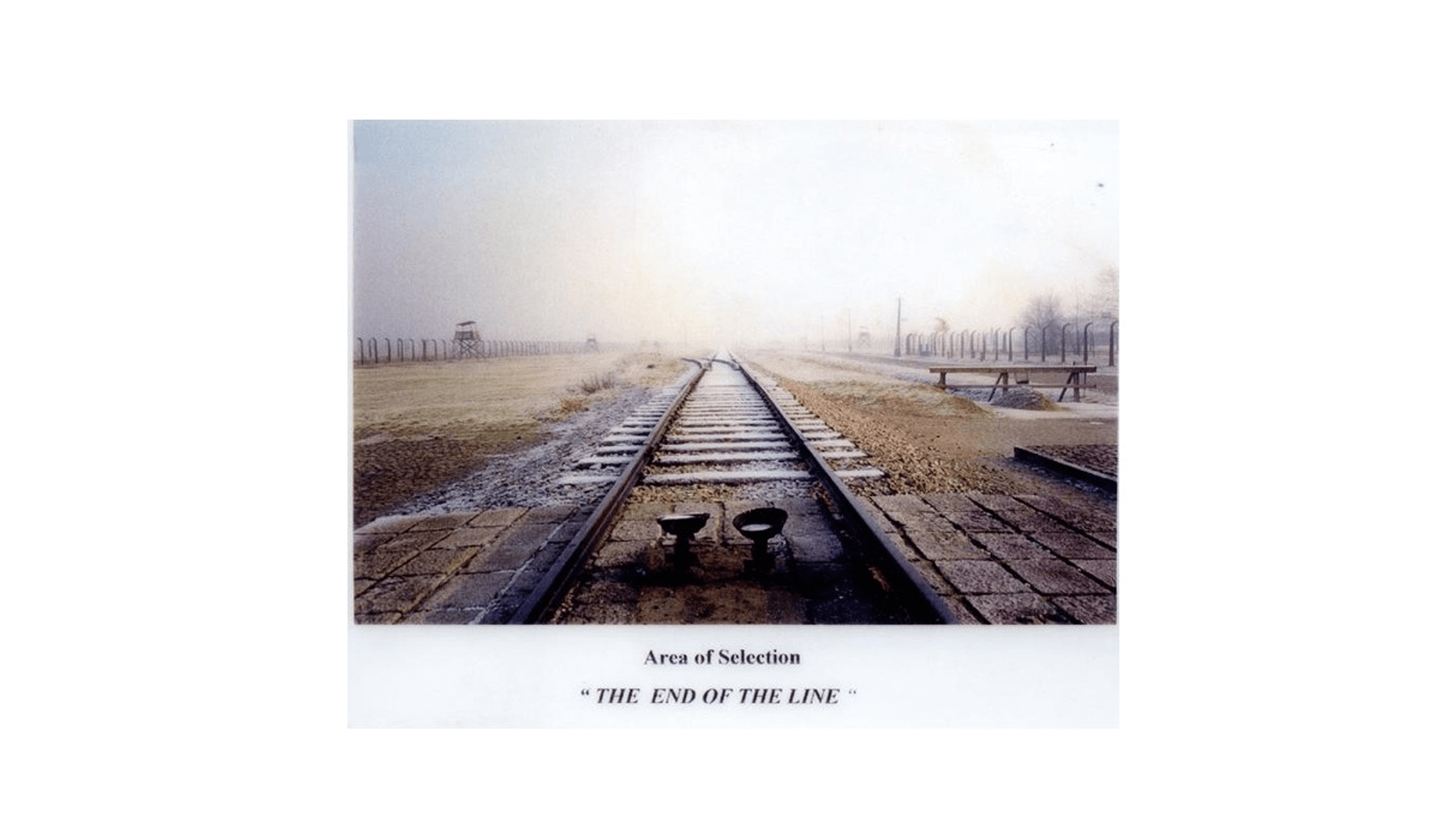
I took this picture, the title, called The End of the Line. You can see these two lights, usually indicating the end of the railroad line. And I called it the end of the line, but I didn’t really mean the end of the line of the railroad. It was in this one camp alone that at any given time had, by the way, it was 15 square miles.
Pete Metzelaar (01:16:44.309)
divided into several subcamps. It was in this one camp alone that they murdered 1,100,000 people. 1,100,000 people were murdered in Auschwitz alone. Unbelievable. Unbelievable. I go into a little bit of day to day.
And I show this slide, propaganda.
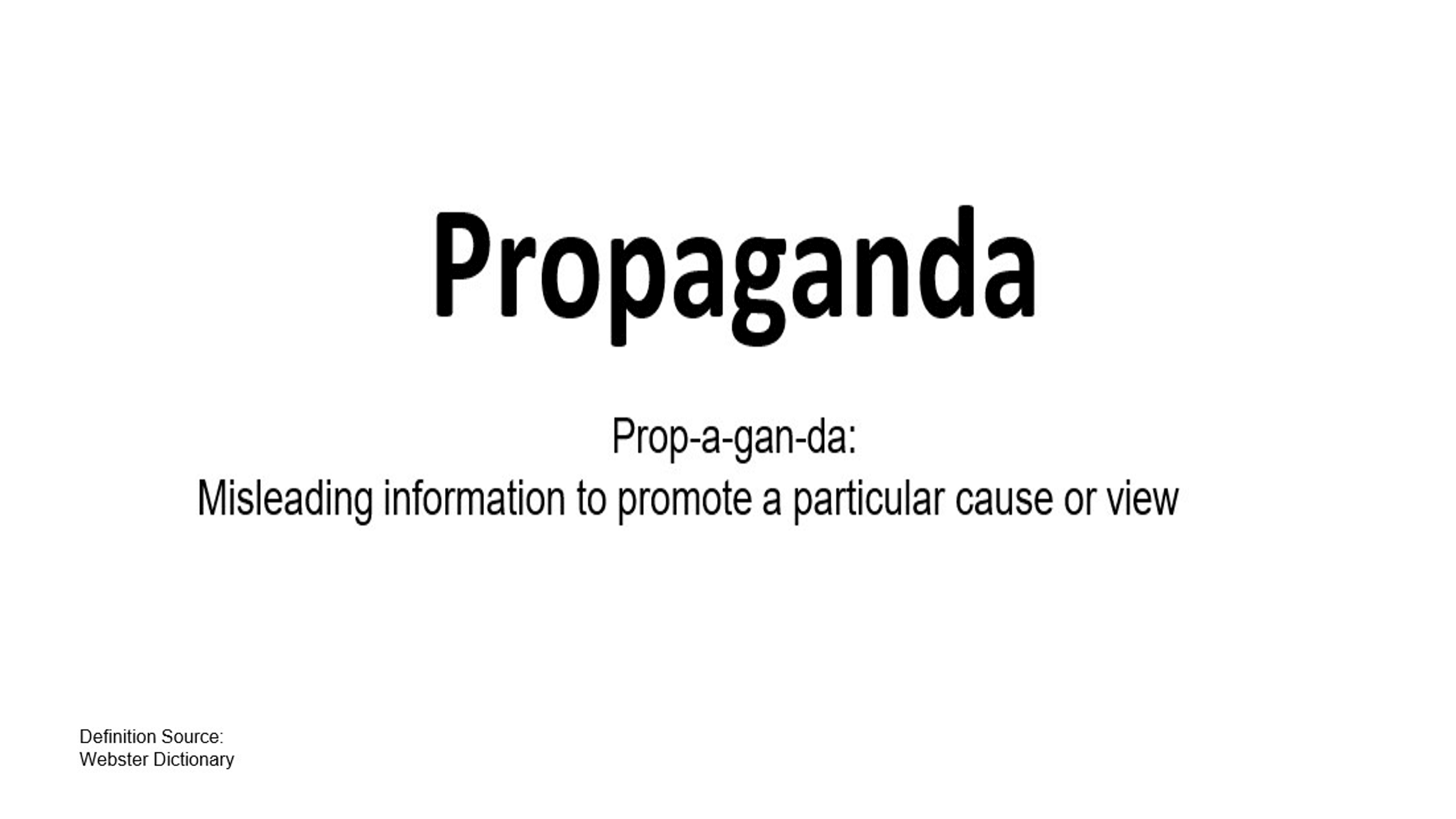
And the definition, Webster, is misleading information to promote a particular cause of view. I want to repeat it. Misleading. Maybe a millimeter of truth and a mile of lies. It is misleading.
I’m going to a saying and not with the kids, I think it might be a little beyond them, but when I do a presentation for adults, I said, when I showed you the next slide, I said, I can almost see you thinking that a certain people, person, whatever might have made a statement.
But you’re wrong. And what are we talking about?
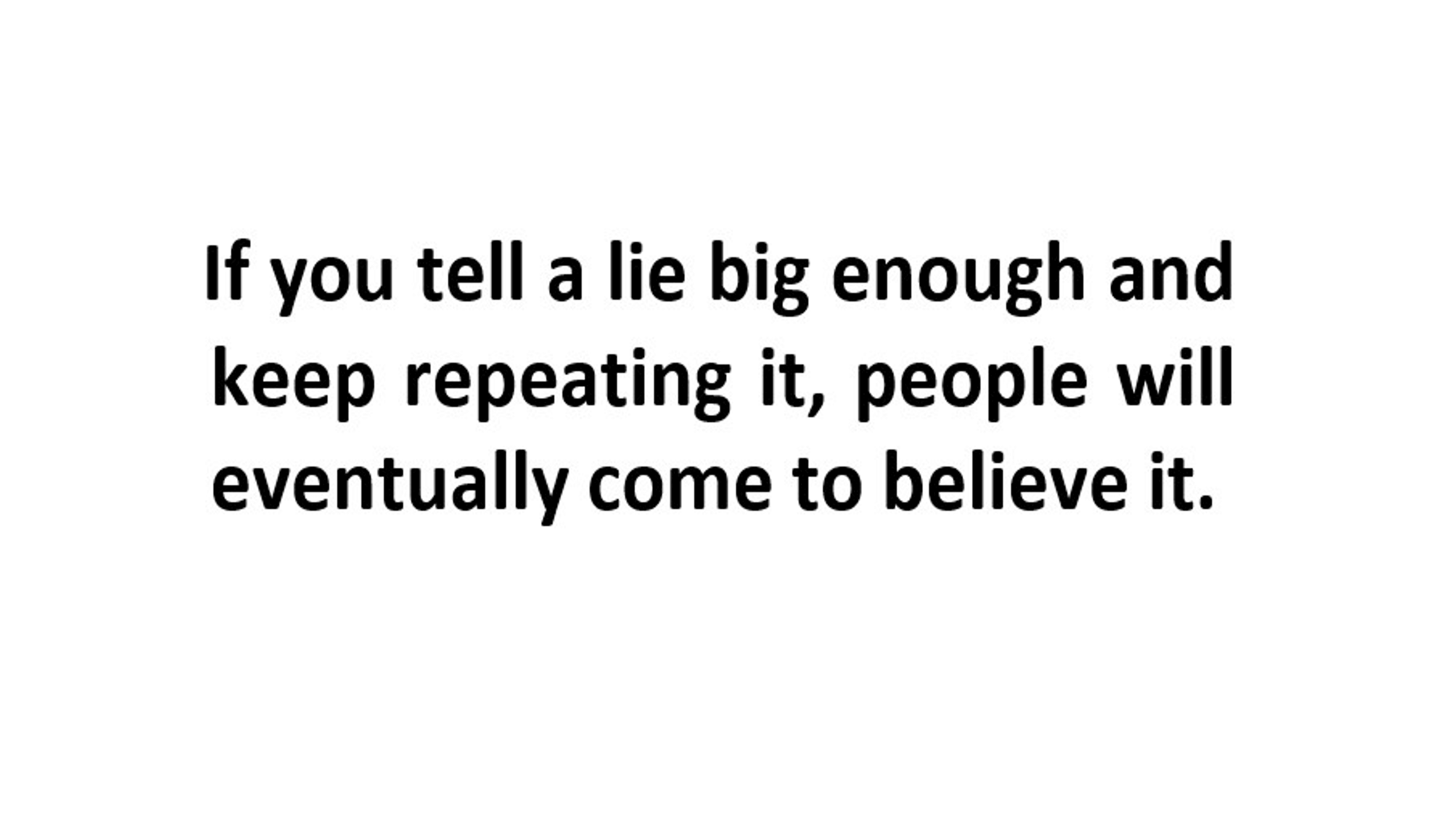
If you tell a lie big enough and keep repeating it, people will eventually come to believe it. And I will repeat that. If you tell a lie big enough, keep repeating it. People will eventually come to believe it.
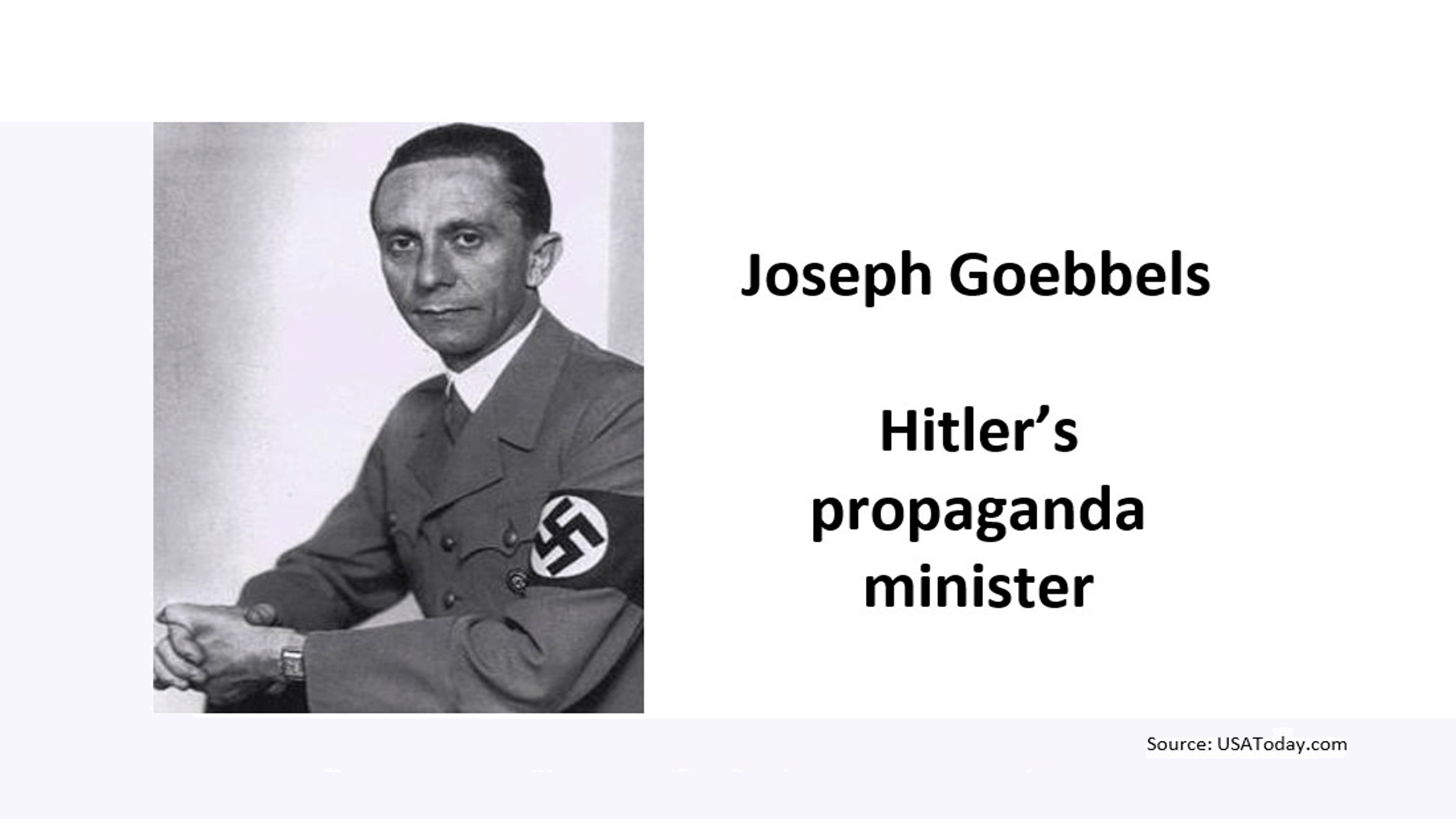
The person that said that was Joseph Goebbels, Hitler’s propaganda minister. Keep this in mind. The Germans were very educated, for the most part smart people, and they actually had a minister in the government for only one purpose, to tell lies. Tell lies.
Pete Metzelaar (01:19:12.735)
keep repeating it because if people don’t use their brain they will believe it. Just keep repeating it. Keep repeating it. So one of the things that I always touch on because it has come to question and I bring it up that there are people today that say you know this thing about the Holocaust.
Doug Dvorak (01:19:19.637)
Hmm
Pete Metzelaar (01:19:42.133)
The Jews over-exaggerated this. You know, may never even have happened. And if it did, it sure wasn’t six million. Well, let me put it this way. Those people that make that kind of assailants, the deniers, I’m going to say it in their faces. They’re ignorant. They’re bigots. They’re racists.
They spread untruths based on opinions, discarding facts. Now we all have a right to our opinion, but don’t make it a fact.

I have a little fact that I found on my visit to Auschwitz.
Doug Dvorak (01:20:13.749)
Hmm.
Pete Metzelaar (01:20:33.557)
which is the transport list showing the murder of my father, grandparents and uncle at Auschwitz. So that is where they ended up. You see the name Metzelaar, where they ended up in Auschwitz. It is just a little bit of proof. And I will continue that statement saying the fact that in the annals of world history, this horrible thing
Doug Dvorak (01:20:48.383)
Mm-hmm.
Pete Metzelaar (01:21:02.999)
called the Holocaust is one of the most documented and recorded events in history. Not an opinion recorded. And for the most part, not all for certain. Who recorded most of that? The Germans. The Germans themselves recorded that. So, not long ago, did a presentation to a retired group of veterans, military veterans. There are old fuddy-duddies like me, many of whom have seen some hard days, but whatever their political ideology is, some of them question it. And then I show them something that anybody can access on Google, no big thing.
When I talk to the youngsters, some of them may or may not know the name,
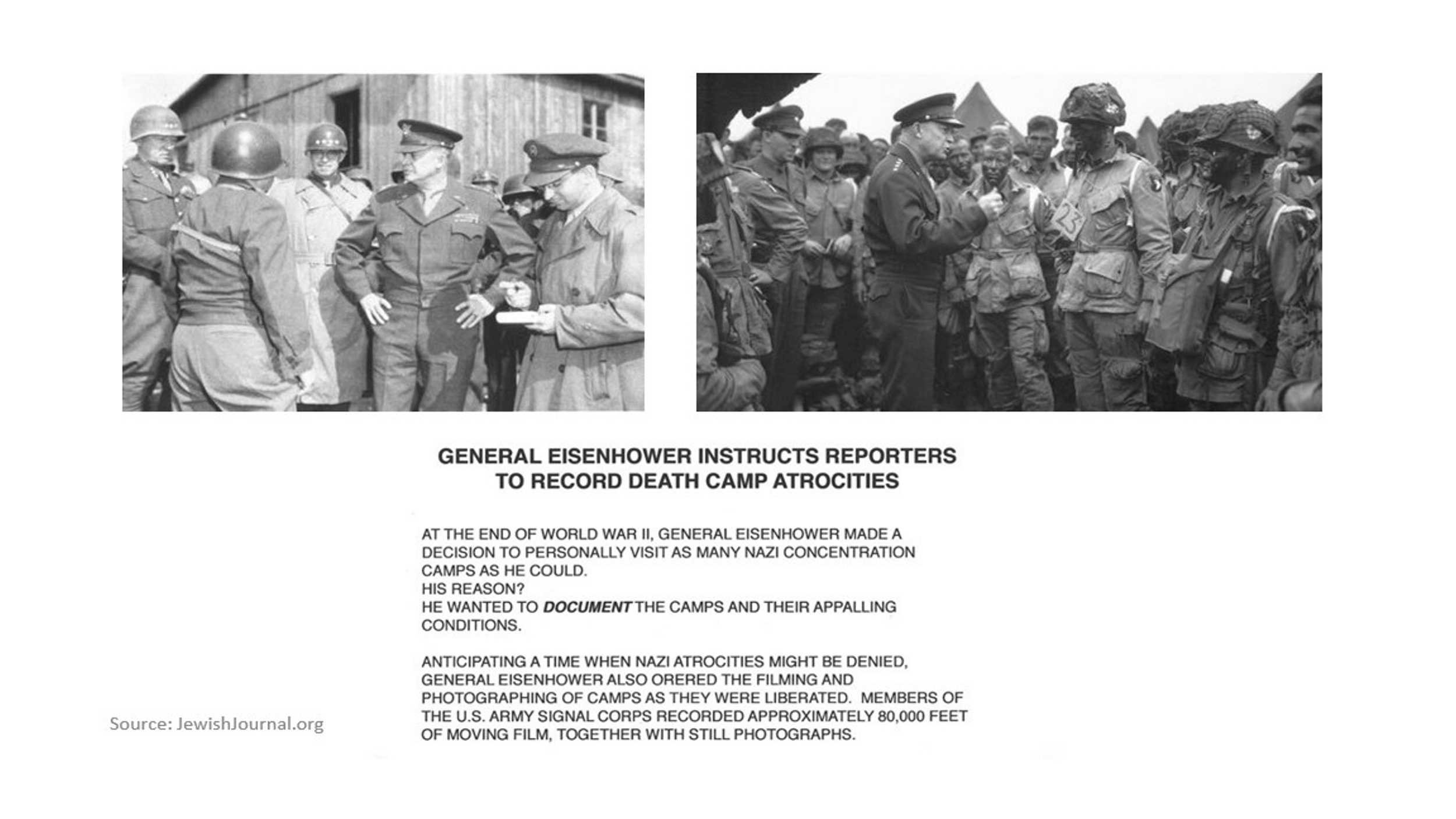
of Dwight David Eisenhower, a five-star general during those days. They don’t make those anymore. The last five-star general was Omar Bradley, if you’ll remember the Bradley tank. That was in 1950.
Doug Dvorak (01:22:23.797)
Mm-hmm.
Pete Metzelaar (01:22:26.507)
But Eisenhower was a five-star general. Not only a five-star general in the Army, but he was the architect of the D-Day landing, the biggest military con, the biggest military event that finally destroyed Hitler and his regime. Not only that.
besides being the architect, but he became the 34th president of the United States. And as the stadium, and I just took those pictures out from Google at the end of World War II, General Eisenhower made a decision to personally visit as many of the Nazi concentration camps as he could. His reason, he wanted to document the camp. and their appalling condition. The thing that is so unbelievable to me, considering this man.
The ultimate in, if you want to talk about the military complex, the five-star General. 80 years ago, anticipating a time when Nazi atrocities might be denied, General Eisenhower also ordered the filming, photographing of the camp as they were liberated. 80,000 feet of film.
and photographs he 80 years ago anticipated when it would be a time that it would be denied. So I tell those vets, hey, argue with your hero, argue with the general. That’s all I got to say.
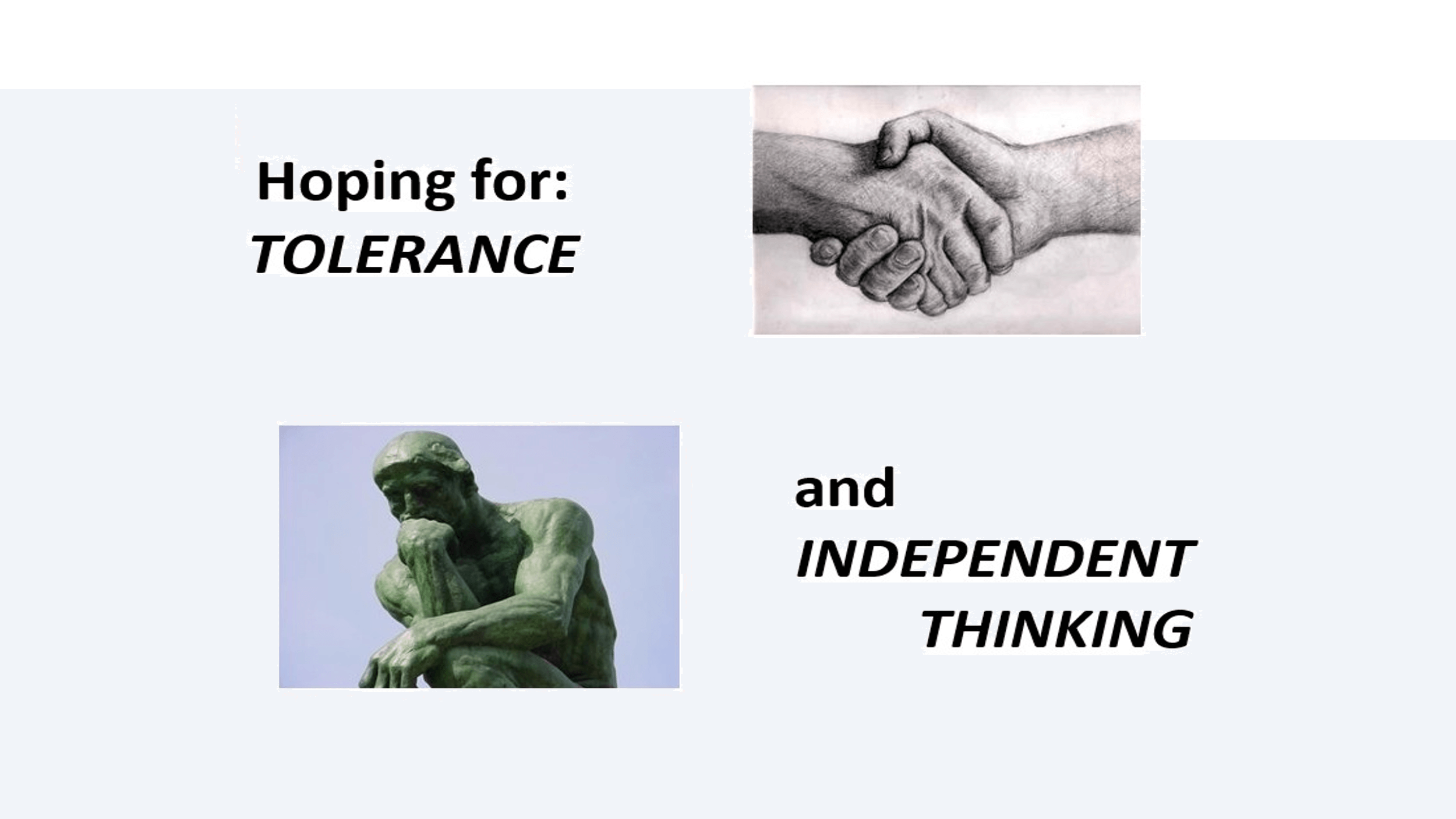
And that kind of brings me to the final that all I am hoping for
Pete Metzelaar (01:24:35.159)
is tolerance. And when it comes to the kids, okay, we’ve all heard the word, what is tolerance? It’s the willingness to accept opinions or behavior a little different from one’s own. Breathe well enough alone. And the most important thing is independent thought. I don’t care what your Uncle Charlie said.
Doug Dvorak (01:24:50.997)
Mm-hmm.
Pete Metzelaar (01:25:02.579)
If you heard something different from what he said, look it up. There are organizations today, many of them, that have nothing to do with politics. They have been given money by universities, by organizations, that all they do is look up to truth. Look it up and then formulate your opinion, because it is only then.
when you know the truth that we can all take whatever small part in making this a better world. Thank you so much.
Doug Dvorak (01:25:42.281)
Thank you, Pete. Wow, I’m blown away. Just a high honor and privilege to hear your story. Pete Metzelaar, a child survivor of the Holocaust. Thank you, Mission Possible podcast community. Check us out at missionpossible.biz. Thanks for watching. Like, share, have a great day and Carpe Diem.
